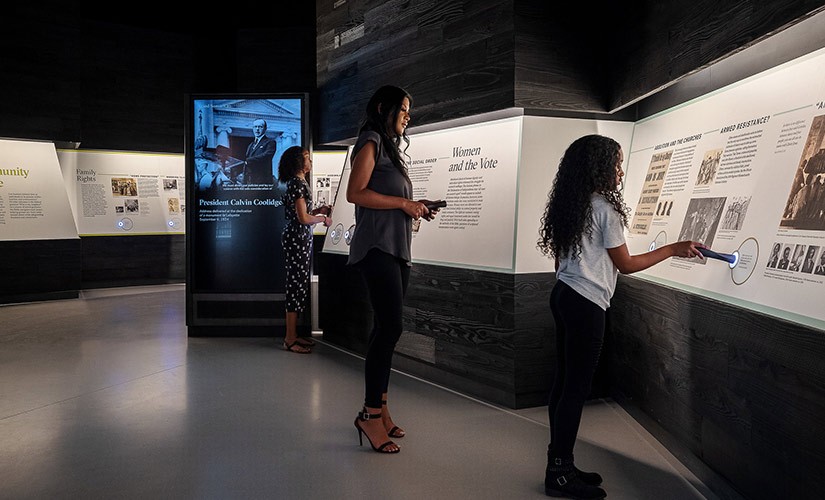

But Loll tells artnet News that there are “a limited number of dealers whose hands have touched these post-2002 Dead Sea Scroll fragments.” Tracing the provenance of the fakes-and who is responsible for them-lay beyond the scope of the recent investigation. What’s more, close examination showed that ink had pooled in the cracks of the leather, suggesting the material was not new when the inscriptions were painted.Īll of the 16 fragments, says Loll in a statement, exhibited “characteristics that suggest they are deliberate forgeries created in the twentieth century with the intent to mimic authentic Dead Sea Scroll fragments.” But testing revealed that the shine visible among the museum’s holdings wasn’t the result of natural decay instead, the fragments appear to have been soaked in an amber-colored substance, possibly animal-skin glue. The fragments had the waxy sheen of true Dead Sea Scrolls-a feature that stems from the breakdown of collagen in ancient parchment. “Until you do a high magnification analysis, as well as a chemical and elemental analysis, you really can’t tell the difference.” “After 2,000 years, leather and parchment look very similar,” Colette Loll, founder of Art Fraud Insights and leader of the investigative team, tells artnet News. Genuine Dead Sea Scrolls, for instance, are made from tanned or lightly tanned parchment the museum’s pieces were written on leather-possibly sourced from ancient shoes or sandals. Several key pieces of evidence pointed investigators toward their conclusion. The new report suggests that these experts were duped by modern forgeries. In 2016, prominent biblical experts published a book about 13 of the museum’s fragments, drawing on scholarly analysis but not scientific testing, reports Sarah Cascone of artnet News.


Green sourced his Dead Sea Scrolls from this “post-2002” collection. In 2002, the arrival of 70 new items injected a new spark into the market the Kando family was rumored to be selling relics that had long been hidden away in a vault in Switzerland. The scrolls are typically divided into three categories based on their contents: biblical (copies of the books of the Hebrew Bible), apocryphal (manuscripts of works that were not included in the Jewish biblical canon), and sectarian (biblical commentaries, liturgical texts, and apocalyptic writings, among others).ĭuring the 1950s, according to Greshko, an antiquities dealer named Khalil Iskander Shahin-or “Kando”-began buying Dead Sea Scroll fragments from local Bedouin and selling them to collectors. Today, they survive mainly as thousands of small fragments. Dated to around 2,000 years ago, most of the scrolls were written in Hebrew, though some were penned in Aramaic and Greek. These artifacts are among the most precious relics of the ancient world, first discovered in 1947 in a cave at Qumran, near the shores of the Dead Sea. The report does not cast doubt upon the authenticity of the Dead Sea Scrolls held by the Israel Museum in Jerusalem. The investigation, unveiled at a recent academic conference, spanned six months and saw the contested scrolls undergo examination with a battery of advanced technologies, including 3-D microscopes, scanning electron microscopy and microchemical testing. And now, reports Michael Greshko for National Geographic, a study commissioned by the museum has reached an even more damning conclusion: “one of the textual fragments in the Museum of the Bible’s Dead Sea Scroll collection are authentic.”Ī team of independent researchers compiled the report with funding from the museum.

The museum opened in 2017-and not long after, doubts began to swirl about the authenticity of its Dead Sea Scrolls. that seeks to provide “an immersive and personalized experience with the Bible, and its ongoing impact on the world around us.” In 2009, Hobby Lobby president Steve Green began acquiring a collection of 16 Dead Sea Scrolls for his Museum of the Bible, a sprawling institution in Washington, D.C.


 0 kommentar(er)
0 kommentar(er)
